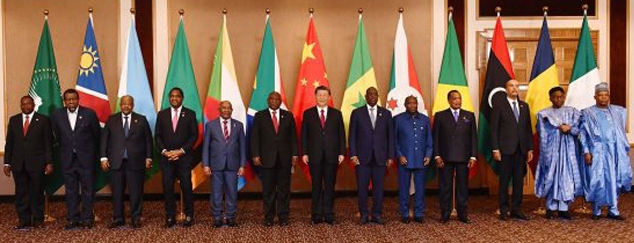The 15th BRICS Summit, hosted by South Africa in Johannesburg from 22 to 24 August, culminated in the anticipated announcement of an expanded Brics bloc,
with the admission of six new member countries in January 2024. There had also been speculation that the summit might discuss the issuance of a joint
currency to compete with the hegemony of the US dollar as the world’s reserve currency. Although the idea of a single Brics currency was not on the summit agenda, Brazil’s president mooted a proposal for the bloc to consider it. The response was muted, with South Africa’s representative stating that such an approach was never considered, and India’s foreign minister also dismissed the possibility. Comments from Russia and China were not forthcoming.
What would be the implications if a single currency were to be introduced down the line? Data from the IMF’s 2023 World Economic Outlook shows that,
together, the current five Brics economies – Brazil, Russia, India, China, and South Africa – account for roughly 40 percent of the world’s population and
20 percent of global trade flows. Despite the logic behind the idea of introducing a new currency in place of the dollar, the truth is that this would be rather
complicated to implement – at least in the short to medium term. If the idea were to come to fruition, there would be two main approaches:
Create a new central bank that would issue a single currency to replace the national currencies of each of the five countries (Brazil’s real, Russia’s
rouble, India’s rupee, China’s yuan and South Africa’s rand). However, this would require these countries to give up their monetary sovereignty,
which would limit their ability to manage the value of their own currency according to their economic needs. To understand this better, if Brazil wanted to depreciate its currency to improve its exports, but the other countries did not agree, Brazil would not be able to make this decision unilaterally. Therefore, we are talking about an important risk in the management of each country and the different factors that affect its growth and economic and monetary management.
A different scenario would be to adopt the currency of one of the member countries as the Brics’ own currency, such as China’s yuan.



